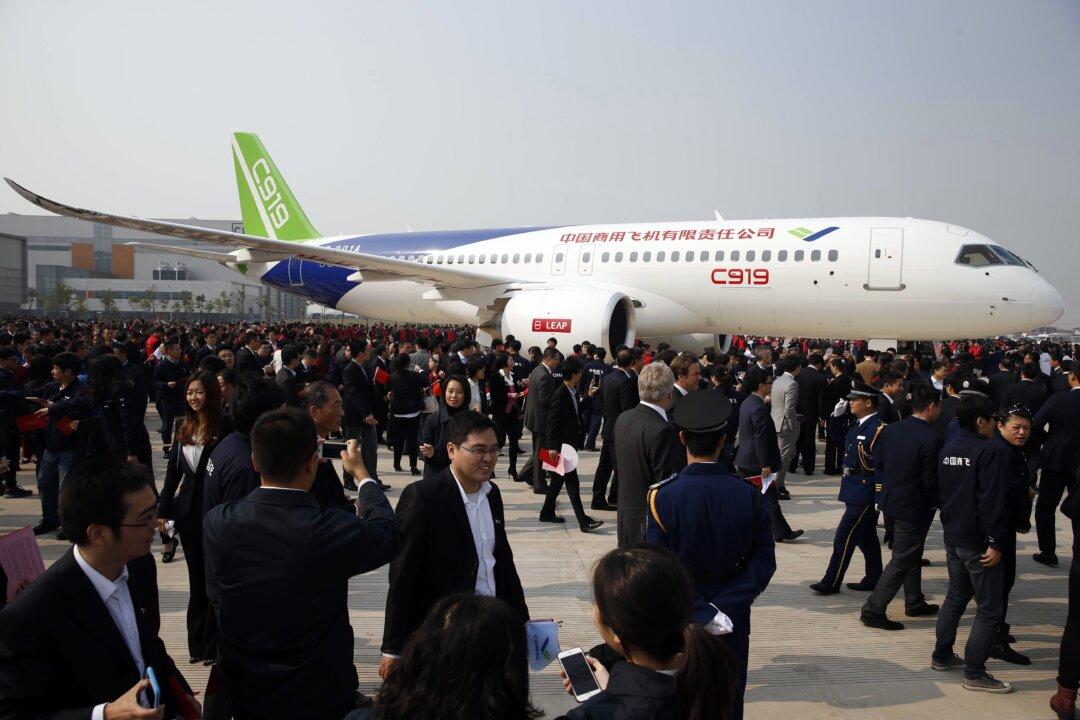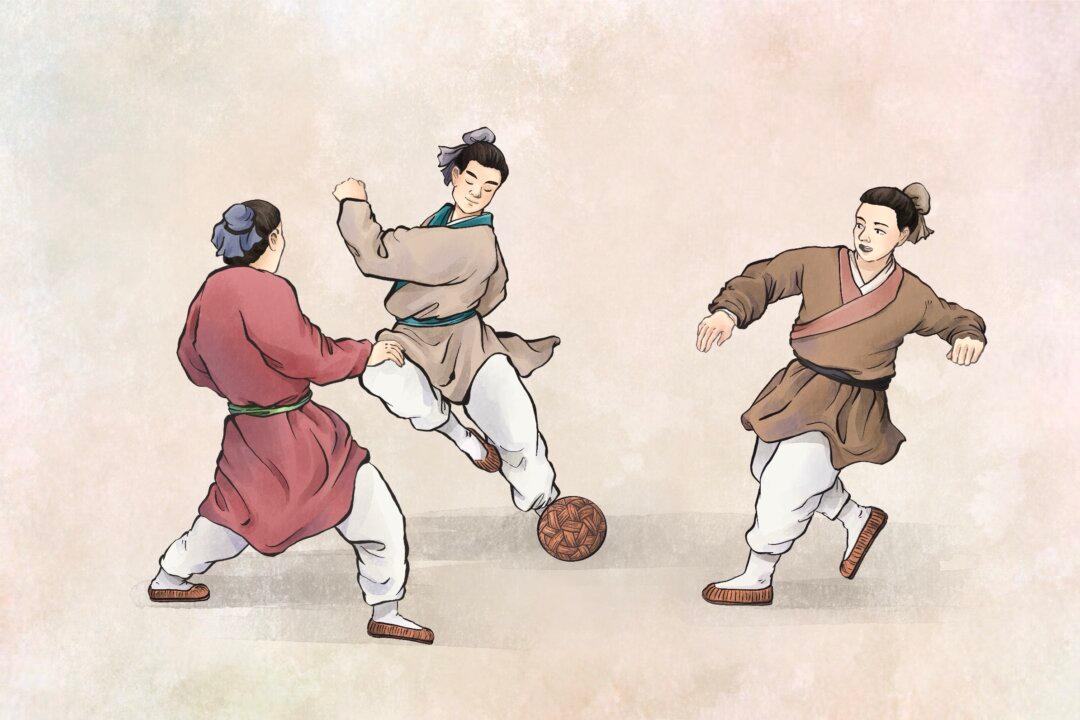China’s first domestically produced passenger aircraft C919 was grounded temporarily on June 29 and 30, after it was in commercial operation for only one month.
China Eastern Airlines (CEA) owns the C919 passenger jet, which is currently the only aircraft of its kind in commercial operation in China. The CEA replaced the flights with an Airbus A320 for two days.





